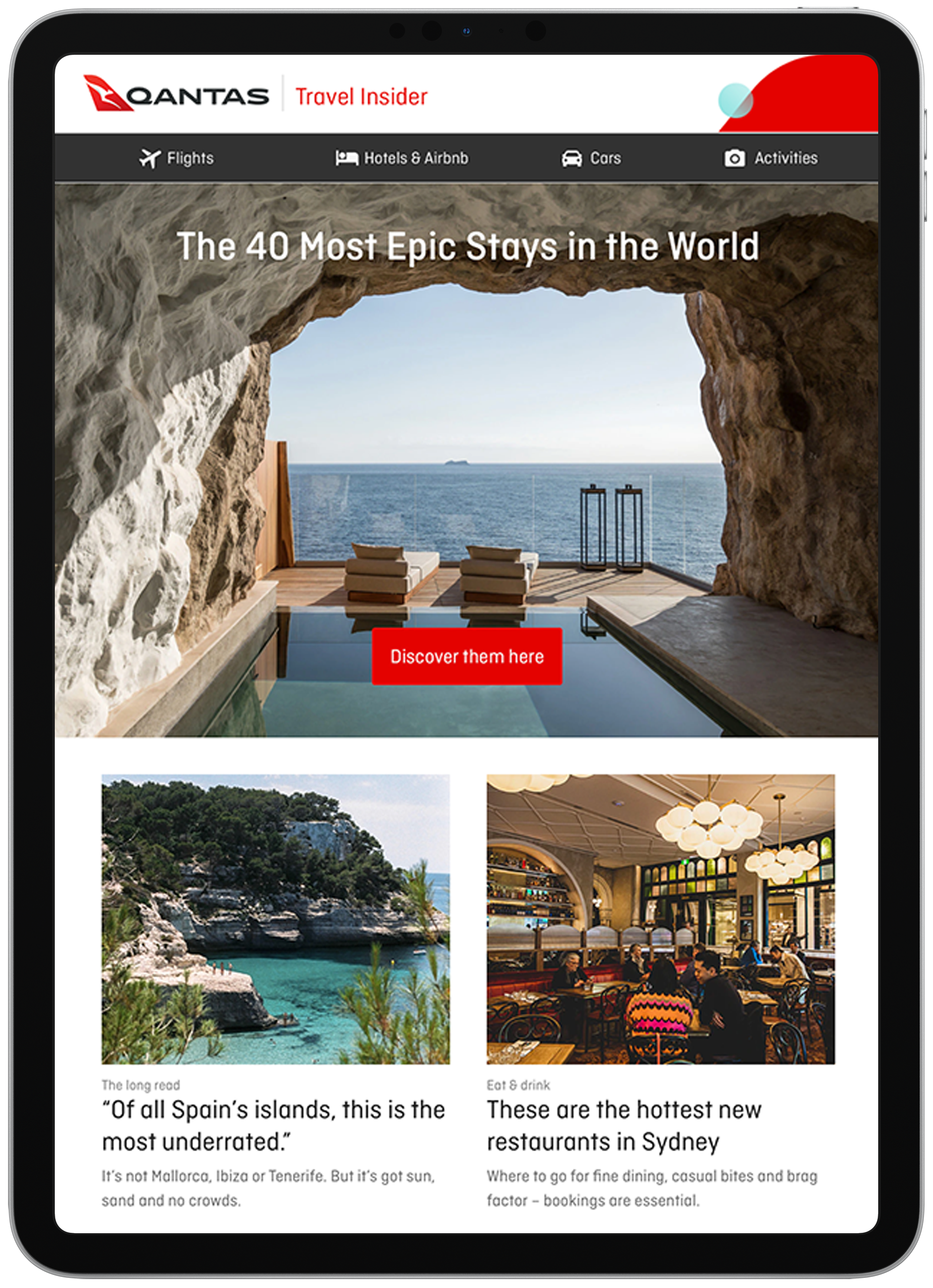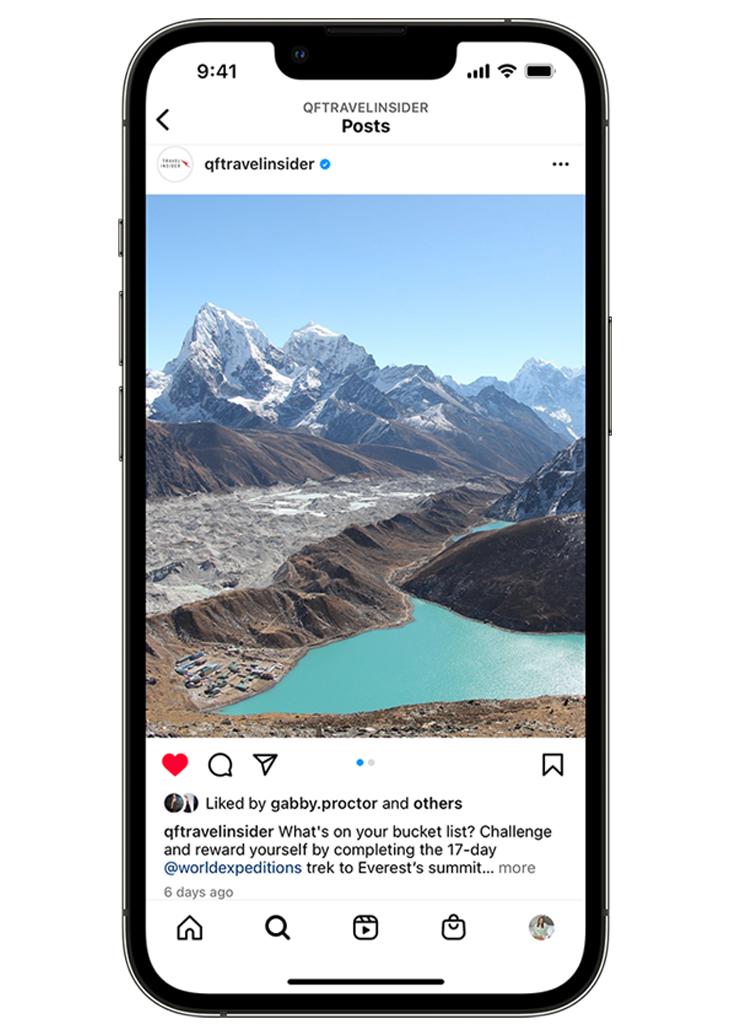On a Tiny Cay Off the Tanzanian Coast, A Barefoot Paradise Awaits

The second word I learn in Swahili – after jambo (hello) – is pwani. “It means ‘beach’,” says my driver, Nelson, as we head out of Zanzibar City, bound for the north-eastern coast of Unguja Island (also known as Zanzibar Island), off the coast of Tanzania. It seems fitting, as most of my time in the Zanzibar Archipelago will be spent barefoot in the sand.
Within an hour of leaving the city, we’re on a wide sweep of pwani and a 10-minute boat ride later, I’m stepping into turquoise water lapping the powder-white shoreline of tiny Mnemba Island. It’s just one of more than 50 in the archipelago, a place redolent with history and the braided cultures of Africa, Arabia, India and Europe.

The group’s smaller islands are sparsely populated and Mnemba, one of the closest to Unguja, provides a respite from the urban clamour. The old part of Zanzibar City, World Heritage-listed Stone Town, is a labyrinth of alleys. Here, tourists mingle with ghosts of the 19th century amid the dilapidated beauty of coral-stone residences, many with carved wooden doors, built by wealthy Arab and Indian merchants.
These historic details are reflected in the archways and elegant doorways of &Beyond Mnemba Island, the single resort on the island, which is just 500 metres in diameter. There has been a resort on Mnemba since 1997 but a major redevelopment has transformed the retreat, expanding the water views, elevating the level of luxury and sharpening its sustainability focus.

Through the dappled shade of a casuarina forest, sandy tracks lead from the beach to the restaurant, bar and lounges at the centre of the resort. Twelve bandas (Swahili for a thatched resting house for travellers) line the beachfront, their design inspired by the spiral of a nautilus shell. Wooden shutters open to sea breezes and each night I fall asleep to the sound of the ocean and the wind beyond my four-poster’s mosquito net. Coral-stone feature walls and recycled-glass bead shower curtains made by a Tanzanian women’s social enterprise add rustic touches to the bathrooms. Each of the bandas – one of which is a two-bedroom family unit – has a private beachfront lounge, where you can spend lazy afternoons. It’s also a great spot for a sunset drink. Using the ingredients and recipe provided in my kitchen, I mix a traditional African dawa cocktail, adding sweet, smoky local honey to a measure of vodka, Zanzibar limes and ice.
As I get ready for dinner on my first night, three small antelopes graze outside my bathroom window. I’m thrilled by the sight of these dainty creatures, who return each evening. Mnemba is a sanctuary for two endangered species – the Suni antelope and the Aders’ duiker. In 2005, &Beyond introduced five of the duikers to create a new source population, which now stands at 35. I soon get used to their startled rustle as they become aware of my presence on the island’s sandy tracks.

A cyclone off the coast of Mozambique to the south has brought strong winds so snorkelling, diving, water sports or cruises are off the agenda for a few days but that does little to dampen my spirits. Instead, I place myself under the firm hands of Winnie at the island’s oceanfront spa for a massage and facial using African potato body and face balm from the range of locally owned Healing Earth products. In the bar, I fall into conversation with Jonathan Braack, &Beyond’s group sustainability manager. He explains how traders used the winds to determine their routes. “When there’s a north wind, for three or four months of the year, they’d use it to sail here and to Mozambique,” he says. “They’d trade in ivory, slaves and spices then wait for the wind to change.”
When the gusts calm, I board the resort’s dhow, a smaller version of the large sailing jahazi that once plied the Indian Ocean laden with fragrant cargo, including cloves, vanilla and nutmeg. Privacy is a precious commodity here and I rarely see other guests, even at mealtimes, with many preferring butler service in their bandas. The island’s sole restaurant has a menu that changes daily, served on tables inside or on the sand, and blends African, Mediterranean and Asian cuisines. During my stay, I dine by lamplight on banana-leaf grilled fish with ramen noodles, chargrilled king prawns with saffron rice, chermoula octopus with hummus, orange and chickpea salsa, and coconut and lime pannacotta.

At low tide, I walk the circumference of the island, a 1.5-kilometre trail that reveals a vast sandbar around which bob dozens of small pleasure boats, their colourful awnings bright against the glaring white of the sand. On the island’s other side, hundreds of shorebirds flock to the rich pickings of the tidal flats and, one morning, I spy a heron feeding her chicks in a nest high in a tree. Crimson coral and delicate shells litter the sand but there’s no plastic, thanks in part to daily clean-ups by resort staff and wandering guests (a woven basket hangs in each banda’s huge walk-in wardrobe for this very purpose).
Rising sea temperatures and coral bleaching over the past 25 years have taken their toll on Mnemba’s reefs. In response, &Beyond has partnered with Wild Impact on the Oceans Without Borders conservation initiative to establish coral nurseries. Guests can take snorkel and dive tours to see and participate in the work. The island is also a year-round green turtle breeding site, which peaks between April and August. One of only two protected nesting sites in Zanzibar, Mnemba began turtle monitoring in 2001 and Uledi Jaku, known as Baba Kasa (Sea Turtle Father), is on call around-the-clock during the breeding season. The weather has settled but limited visibility means I only see a school of yellow Zanzibar butterflyfish and a single trumpet fish when I’m snorkelling. The disappointment dissipates on the homeward journey, as a pod of six bottlenose dolphins surfs joyously beside our boat.
As I prepare to leave Mnemba, I realise the three pairs of shoes I brought weren’t given a second thought once my feet touched the sand here. I walk barefoot to the beach to meet the boat, knowing that Zanzibar’s spirit of hakuna matata – take it easy, no worries – has worked its magic on me.

Start planning now
SEE ALSO: Inside the Stunning Safari Lodge That Offers a Sleepout Glamping Adventure
Image credits: Carlo Alberto Conti / Getty Images (main image); Dan Belitsky / Getty Images (aerial view of Mnemba Island); M. D. Ehrman (Stone Town door); &Beyond Mnemba Island (family banda); Pascal Faucon / Getty Images (sailboat)


